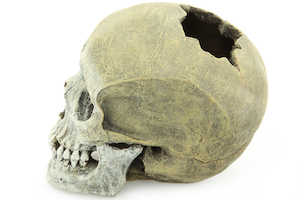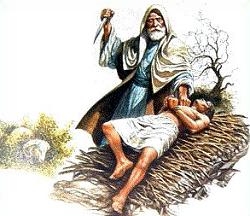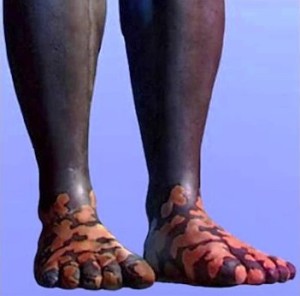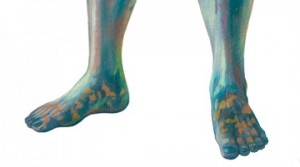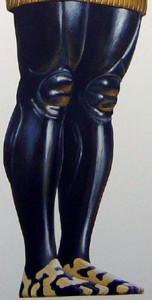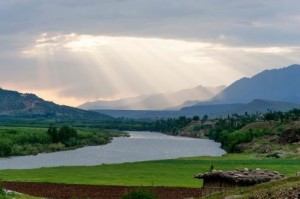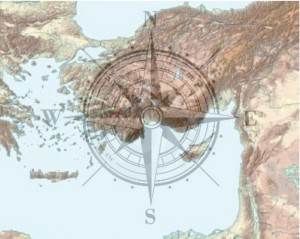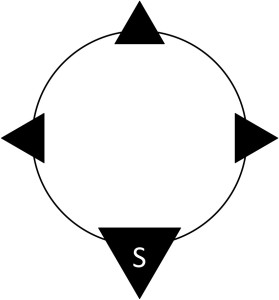
In our previous post, we assessed the cryptic references to the mortal head wound administered by a sword to one of the heads of the Sea Beast (Revelation 13:3, 12, 14). With the Scriptural data, we were able to discern not only that the head wound must have been administered to one of the seven heads but also, like the wounds of the Lamb (Revelation 5:6), the mortal head wound must have occurred prior to its rise. John uses the same Greek phrase to refer to the Lamb “as it had been slain” (Revelation 5:6), as he does for the Beast’s head, “as it were wounded” (Revelation 13:3). The mortal wound did not follow the rise of the Beast. It preceded it. The Beast is made up of the preceding empires (Revelation 13:2), and one of those heads received a mortal wound.
Our challenge is to discover which of the seven heads had been slain, for John says only one of them was wounded: either the Lion head, the Bear head, one of the four Leopard heads or the terrifying Roman head. Upon inspection, and having ruled out the Babylonian, Medo-Persian and Roman heads, we concluded that one of the four Leopard heads must have been wounded to death. Then, eliminating the Eastern, Western and Southern heads from consideration, we discovered the mortal wound administered to the Northern head. That mortal wound of the Northern Head is depicted in Daniel 11 by its disappearance from the narrative after “he turn[ed] his face unto the isles … [but] he shall turn his face toward the fort of his own land” (Daniel 11:18-19). Here Daniel has foreseen Antiochus III’s invasion of Greece and his defeat at the hands of Rome at Magnesia in 190 BC. As a result of that loss, Antiochus was forced to evacuate the Northern Territory entirely, and to remain in the Seleucids’ original holdings in the East. The Northern Head had been eliminated altogether.
This week, we provide the political, geographic and historical data related to the defeat of the Seleucids and their exile from the Northern territory (indicating the complete disappearance of the Northern Leopard Head from the narrative for more than a century) and its remarkable recovery and reappearance at the end of Daniel 11. The return of the King of the North at the end of the chapter sets the stage for the rise of Imperial Rome to rule over earth after an apocalyptic conflict with the King of the South depicted in Daniel 11:40-45. The Beast that follows Imperial Rome is none other than Roman Catholicism, and that mortal wound administered to “one of his heads” (Revelation 13:3) — an obscure reference subject to millennia of speculation since John recorded the vision — is an indictment of the Beast, for that mortally wounded head, as we shall see, grew back from Pergamos “where Satan’s seat is: and … where Satan dwelleth” (Revelation 2:13). And the Beast receives its “power, and … seat, and great authority” from him (Revelation 13:2).
 Follow
Follow
